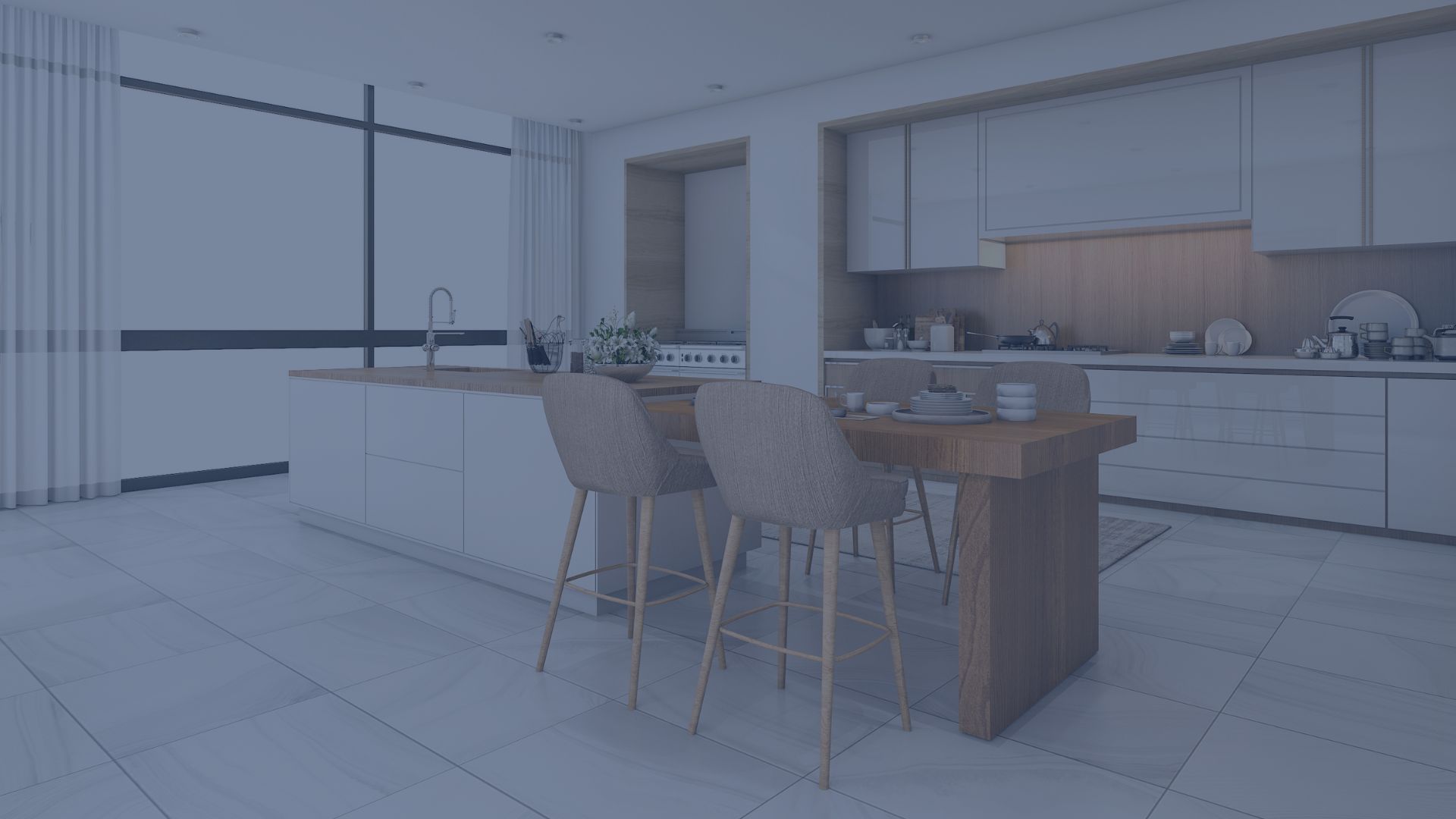If tiny homes and micro condos have piqued your interest, you’re not alone. With more and more Canadians facing housing affordability challenges, both reluctant renters and hopeful homebuyers, finding innovative and efficient housing solutions has a lot more people thinking inside the box, so to speak.
Shoebox housing, also known as the micro-condo, is taking over as buyers and renters realize spacious living is no longer a reality for their incomes. The combination of unaffordable housing with more and more people looking for ways to reduce their carbon footprint has led to a new generation of homeowners interested in micro-condos.
Let’s look at the micro-condo craze to help you decide whether or not it is something you should consider.
What is a Micro Condo Anyway?
The name is kind of self-explanatory. The micro-condo is the smallest space you can imagine. We’re talking under 600 square feet, and for the truly dedicated, it’s often under 300. Despite their tiny footprint, the micro-condo is designed to cleverly disguise small spaces to appear spacious and bright while making the most of the limited area. This often includes extensive floor-to-ceiling use in the living space.
One of the primary advantages of micro condos is affordability. Micro condos are generally more affordable, with lower square footage and fewer amenities than traditional apartments. This makes them an ideal housing option for students, young professionals, and anyone looking to save money on rent. They also tend to offer lower maintenance costs than larger condos, reducing the burden on residents.
In cities like Toronto, the micro-condo can be found in modern areas like Liberty Village, St. Lawrence, and King West. These tiny homes can be under 300 square feet yet provide all the comforts without headaches and hefty price tags. Micro condo benefits far outweigh the sacrifices for those with an eco-friendly, budget-conscious mindset.
Change in Housing Strategies
According to Toronto Metropolitan University’s City Building Institute report, major cities worldwide are exploring ways to provide affordable housing for both renters and buyers. These cities include London, New York City, Vancouver, Seattle, and San Francisco.
Significant contributors to these innovations include the micro-condo and “unbundling amenities” provided by and included in condo prices. One developer even offers the option to buy condos in “lots” based on customized sizes. These new housing strategies will help make homes more affordable in major cities.
The report shows that micro-units below 350 square feet have become popular in urban centres, including New York City and Seattle. Although these units’ rent and sales prices are reflected in the minimal unit size, they appeal to city dwellers tired of spending most of their income to pay their mortgage or rent.
Smart House Condos
The micro-condo also allows builders to offer more units in centralized urban locations. Not only does it provide affordable living, but more importantly, affordable living in highly desirable areas. Toronto developer Urban Capital built the first Canadian micro-condo on Queen Street West, with the smallest unit just a mere 289 square feet.
The 25-storey condo at Queen and Simcoe offered micro-condos ranging in size from 289 square feet to a luxurious 380 square feet. The building also provided more traditional larger units, but the micro-units gained the most attention.
Nothing about the tiny units deterred buyers, with all units quickly selling out. This is an homage to the micro-condo and proof that the desire or even the need for smaller, more affordable units exists.
While many buyers have moved into their micro-condos as their primary residence, many others decided to rent out their mini units. Starting at about $1600 per month, these tiny apartments are still affordable by Toronto standards.
The Tiny Life
If you can handle the small space, you still get everything you need. In the case of the Smart House Condos, genius space-saving designs include movable partition walls, retractable kitchen countertops, Murphy beds, and double-tiered closets.
With limited square footage, designing and laying out a micro condo requires careful planning and consideration of every inch of space. A well-designed micro condo can feel spacious and functional, while a poorly designed one can feel cramped and claustrophobic. You still have your kitchen, bathroom, and a place to lounge and sleep, all in relative comfort. Think micro cozy.
Multifunctional furniture and storage are crucial to living comfortably in a micro condo. Micro condos efficiently use vertical space for storage, while furniture can serve multiple purposes and maximize living space. With careful planning and consideration, your micro condo can feel spacious, functional, and comfortable, even with limited square footage.
The Sacrifices of Micro Condo Dwellers
What some might view as sacrifices might not be so bad for the micro-condo enthusiast. For example, if you love to entertain, the micro-condo is a non-starter. With such limited space, there is room for you and not much else.
A consideration for the avid chef is the micro kitchen. Although you might be able to find a good kitchen to feed your need for food, many micro-condo kitchens are no more than a tiny strip with miniature appliances and next-to-zero counter space.
If you are a toiletry-obsessed groomer, your teeny tiny bathroom some might liken to a porta-potty, will make it challenging to indulge your need to preen and pamper.
Although some couples are doing well as micro-condo dwellers, most are more likely to squabble in such a confined space, and finding a private room to work or pursue personal interests can be difficult. Add to that the limited storage space, and the fashionista or shoe-obsessed can also cross the micro-condo off their list.
Micro condos offer a unique living experience that is both affordable and sustainable. With careful planning and design, micro condos can feel spacious and functional despite their limited square footage. While challenges and concerns are associated with micro condos, such as limited space and privacy concerns, these can be mitigated with creative design solutions and thoughtful consideration of one’s needs and lifestyle. As the demand for affordable housing grows in urban areas, micro condos may become an increasingly popular option for those looking for a more compact and cost-effective living solution. Talk to a RE/MAX real estate agent to see if micro condo living might suit you.





